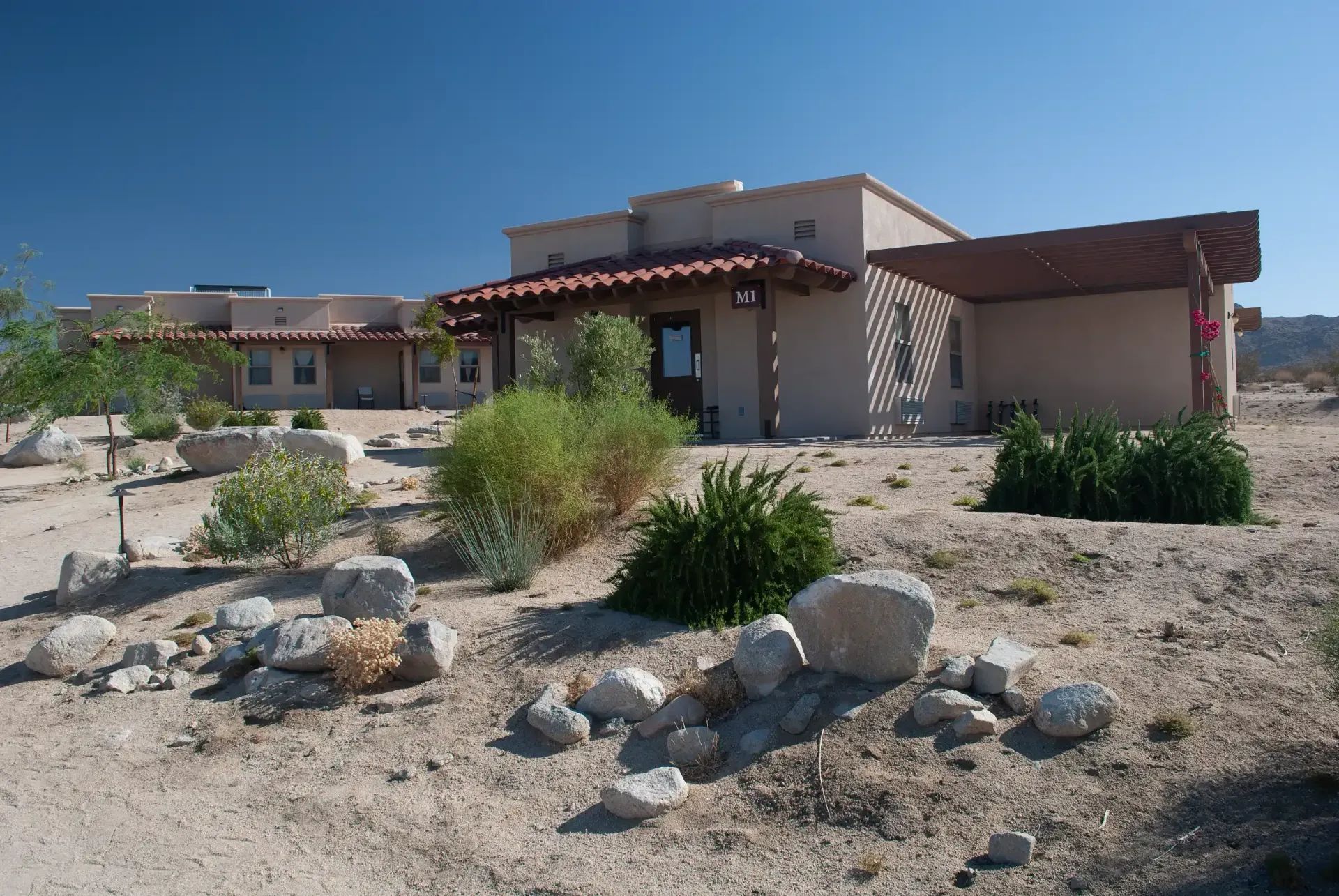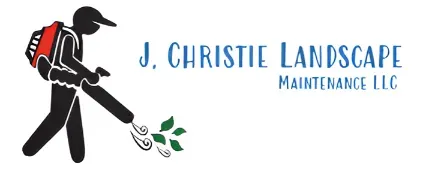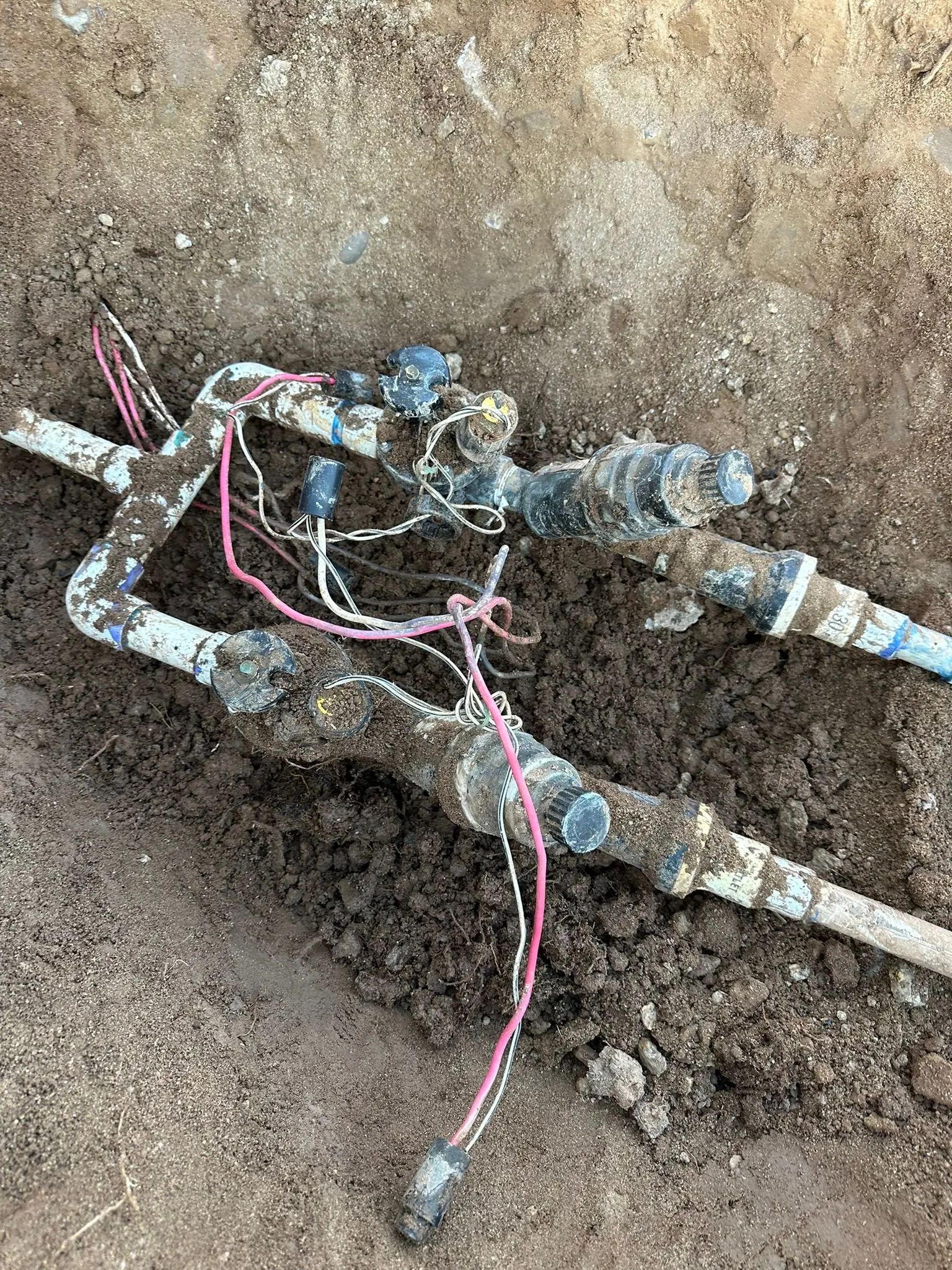The Dangers of Delaying Emergency Tree Removal
May 29, 2025

When a tree becomes a hazard, hesitation can cost you. Whether due to storm damage, disease, root instability, or age, compromised trees pose serious property and public safety risks. Yet many homeowners and property managers delay addressing the issue, either underestimating the threat or hoping it resolves on its own. Unfortunately, that delay can have devastating consequences. Emergency tree removal isn’t just a precaution—it’s often the critical first step in preventing injuries, costly repairs, or liability.
Emergency Tree Removal and the Risk of Property Damage
A damaged or leaning tree can wreak havoc if it falls—especially in storm-prone areas like ours. Branches can crash through rooftops, while whole trunks may flatten fences, sheds, or vehicles. In many cases, trees growing close to homes were not planted with their eventual size in mind. Once they weaken, the proximity becomes a danger zone. Delaying emergency tree removal allows time for these hazards to worsen. Wind gusts, heavy rain, or even dry rot can turn a once-stable tree into a ticking time bomb. Acting fast is not just protective—it’s often the only way to avoid five-figure repair costs.
Emergency Tree Removal Prevents Personal Injury
Cracked limbs or unstable trunks can fall without warning, posing a serious risk to anyone nearby. Emergency tree removal eliminates these hazards quickly, protecting residents and visitors from injury.
Risk to People Nearby
Branches or entire trees can fall without warning, especially in windy or wet conditions. Anyone standing, walking, or playing nearby is at risk of serious injury. Children, pets, and guests are especially vulnerable in residential areas.
Legal and Financial Repercussions
You may be legally liable if someone is injured on your property due to a neglected tree hazard. Lawsuits, medical expenses, and insurance disputes can follow. Preventing injury with timely emergency tree removal protects everyone—including you.
Unpredictable Failures
Even a tree that appears stable can fail unexpectedly. Hollow trunks, hidden rot, or insect infestation may weaken the structure from within. Immediate removal reduces the chance of a catastrophic event.
Emergency Tree Removal Protects Other Healthy Trees
One often-overlooked danger of postponing tree removal is the risk to surrounding vegetation. Trees suffering from fungal infections, pest infestations, or bacterial diseases can quickly spread their condition to nearby healthy trees. The longer you delay emergency tree removal, the more time these pathogens have to spread via shared root systems, falling leaves, or direct contact. What could have been a contained problem can become a full-blown landscape crisis, requiring the removal of multiple trees and remediation of the soil. Taking action early limits damage and preserves the health of your overall property.
Storm Season and the Need for Emergency Tree Removal
Damaged trees become even more dangerous in areas that regularly experience high winds, hurricanes, or intense rainstorms. A fine tree in calm weather might become unstable during the next storm. Limbs can snap and fly like projectiles, trunks can split under pressure, and root systems already under strain can give way. Delaying emergency tree removal during storm season is particularly risky, as the odds of tree failure increase significantly. Proactive removal before the storm can prevent the post-storm emergency that costs more and causes more destruction.
The Financial Risks of Postponing Emergency Tree Removal
While the tree removal cost may seem steep, it pales compared to the potential waiting costs. Emergency repairs to homes, businesses, and vehicles often cost thousands—or tens of thousands—of dollars. Then, there are potential legal fees, insurance rate hikes, and costs to replace landscaping features damaged by falling trees. Delaying emergency tree removal increases the chances that your property becomes a casualty. Removing a tree today may be a calculated investment—ignoring it could become a financial catastrophe.
An excavator is picking up pieces of a fallen tree.
Emergency Tree Removal is Essential for Fire Risk Reduction
Dead or dying trees are highly flammable, especially during dry seasons, making them a serious fire hazard near homes and structures. Timely emergency tree removal reduces this risk by eliminating fuel sources and creating safer, more defensible space.
Dry Trees Fuel Fast Fires
Dead or dying trees are often extremely flammable, especially during dry seasons or droughts. Delaying removal gives these fire hazards time to accumulate dry debris that can ignite easily.
Proximity to Structures Increases Danger
Trees near homes, fences, or sheds can quickly transfer fire from vegetation to buildings. Removing high-risk trees creates a buffer zone and lowers fire spread potential.
Compliance and Insurance Incentives
In high-risk areas, some insurance providers require the removal of dead trees to maintain coverage. Fire departments or municipalities may also mandate tree removal to reduce neighborhood fire danger.
Emergency Tree Removal is Crucial for Utility Line Safety
Trees growing too close to power lines are more than just an eyesore—they are a disaster waiting to happen. Wind or branch failure can knock out power, damage lines, and even spark fires. Worse, people trimming these trees risk electrocution or injury without proper training and equipment. Delaying emergency tree removal in such scenarios is a gamble with public safety and utility continuity. Professional removal ensures that hazardous trees near power infrastructure are dealt with safely and thoroughly.
Safeguard Foundations and Pipes With Emergency Tree Removal
Tree roots can be as damaging as falling branches, particularly when they interfere with home foundations, plumbing, or underground utilities. Roots can crack concrete, infiltrate pipes, or lift sidewalks, causing slow and expensive damage. A tree that’s become structurally unstable may already be disrupting what lies below the surface. Waiting on emergency tree removal allows roots to continue spreading, compounding the issue and raising repair costs. Removing the first danger sign can save your property from long-term structural harm.
When to Know You Need Emergency Tree Removal
Recognizing when a tree has crossed the line from “watch list” to “danger zone” is essential. Leaning trunks, visible root damage, deep cracks in the bark, hollow sounds when tapped, fungus at the base, or loss of leaves out of season are all signs of severe compromise. These signs warrant immediate attention if the tree is near a structure, power line, driveway, or play area. Rather than waiting for nature to decide, consult a certified arborist for a risk assessment. A professional evaluation can confirm whether emergency tree removal is the safest path forward.
Delaying Emergency Tree Removal Can Disrupt Business Operations
For commercial properties, delaying emergency tree removal can affect business continuity. Blocked parking lots, damaged signage, and unsafe access points create liability and affect customer confidence. A single tree fall could close your operation for days or weeks, depending on the extent of the damage. Proactively addressing at-risk trees protects your facility, employees, and customers—and avoids the reputation hit from appearing unprepared or neglectful in the face of danger.
Emergency Tree Removal Ensures Compliance With Local Regulations
Many municipalities require removing hazardous trees once identified, particularly if they interfere with public rights-of-way or neighboring properties. Property owners who delay emergency tree removal may face fines, code violations, or forced remediation orders from local governments. By acting swiftly, you comply and maintain a good standing with neighbors and local agencies. Our team helps clients navigate these regulations, ensuring safety and legal compliance with every removal project.
Why Emergency Tree Removal Requires Professional Help
Attempting emergency tree removal without proper training or equipment can lead to serious injuries, property damage, or even fatal accidents. Professionals have the expertise to assess risks, use specialized tools, and remove trees safely and efficiently.
Safety Hazards Are Too High
Tree removal involves dangerous tools, unstable heights, and unpredictable falling patterns. One misstep can cause severe injury or worse. Professionals use cranes, rigging, and harnesses for a reason.
Improper Cuts Increase Risk
A DIY job often worsens things—poor cuts can cause a tree to fall on a home, power line, or person. Even well-meaning efforts can lead to greater damage than doing nothing.
Costly Mistakes Add Up Fast
What starts as a cost-saving effort often ends with higher bills for repairs, medical care, or emergency removals. Hiring a trained emergency tree removal crew avoids these costly miscalculations.
An overview of a truck with tree scraps driving through a neighborhood.
Why Delaying Emergency Tree Removal is a Risk You Shouldn’t Take
The risks of inaction far outweigh the cost of timely intervention. A tree that appears manageable today can become a crisis tomorrow. Property damage, injury, legal exposure, and environmental destruction are just a few of the outcomes that can stem from hesitation. Emergency tree removal should never be delayed when signs of danger are present.
At J. Christie Landscape, we’re ready to step in when you need us most—because when it comes to tree safety, waiting is never the solution. To learn more about the dangers of delaying emergency tree removal, visit our J. Christie Landscaping blog.




